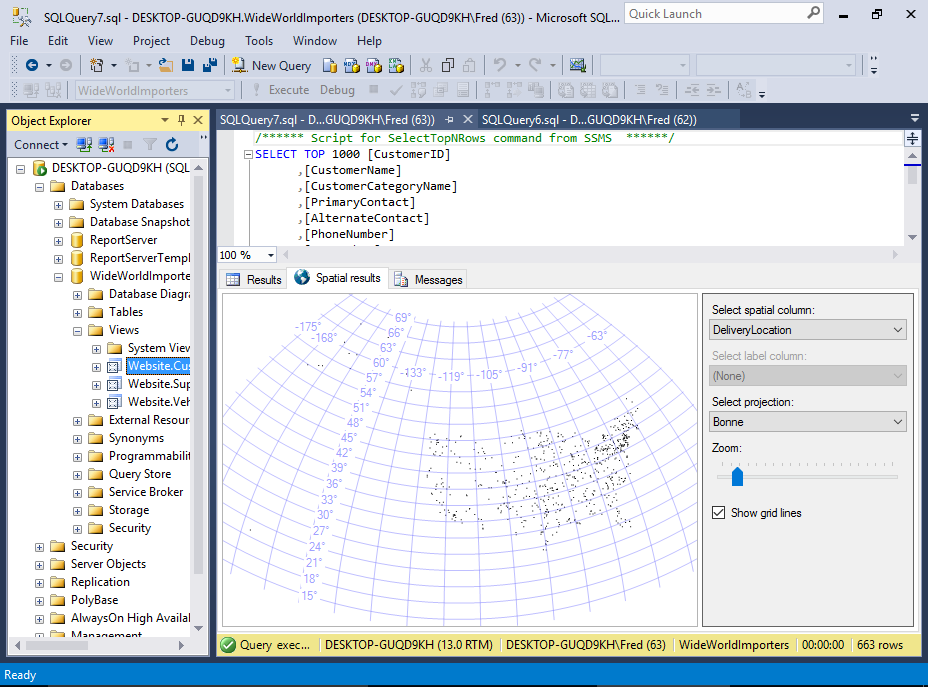Microsoft Access 2013 - Tutorial Summary
You've reached the end of this Microsoft Access tutorial — congratulations!
What we've covered in this tutorial only scratches the surface of what's possible with Microsoft Access. The areas we covered represent the most common tasks that are performed with Access and other database management systems.
What Next?
Continue creating your database! Now that you know how to create tables, forms, queries, and macros, why not create more?
One area we didn't cover in this tutorial is reporting. You can create reports the same way as creating forms or queries — from the CREATE tab and selecting an option from the Reports section. Reports are just as intuitive as creating a form or query. As with forms and queries, you can use Design view to adjust your report.
I cover reporting in the Access 2016 tutorial. Check it out sometime!
-

Access 2016 Tutorial
Microsoft Access 2016 is the successor to Access 2013.
There's not much difference in functionality between Access 2016 and 2013, but the 2016 tutorial covers more than the 2013 tutorial.
Go to Access 2016 Tutorial -

SQL Server Tutorial
SQL Server is an enterprise database management system from Microsoft. It is a client/server database and is used throughout corporate environments throughout the world.
Go to SQL Server Tutorial -

MySQL Tutorial
MySQL is the world's most popular open source database management system. It is used by websites, blogs, corporate environments, and more.
Go to MySQL Tutorial -

Database Tutorial
If you don't currently have an understanding of how databases work, no worries - I have written a basic database tutorial just for you!
This tutorial covers the basic concepts of databases, and the examples use Microsoft Access, so that will make it easier for you once you return here.
Go to the Database Tutorial
There's also a tutorial for Access 2016.